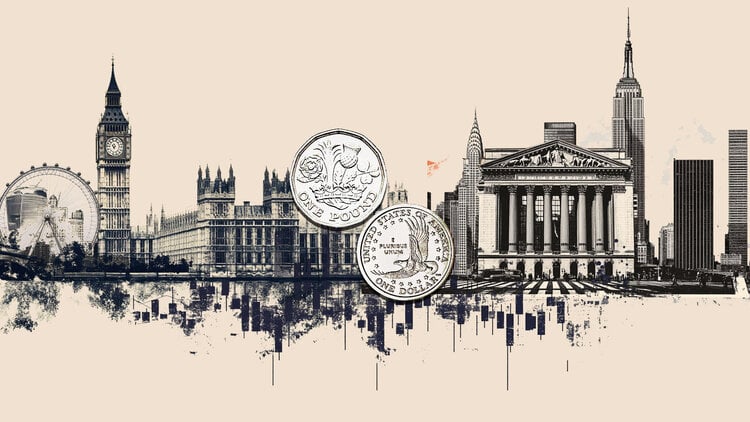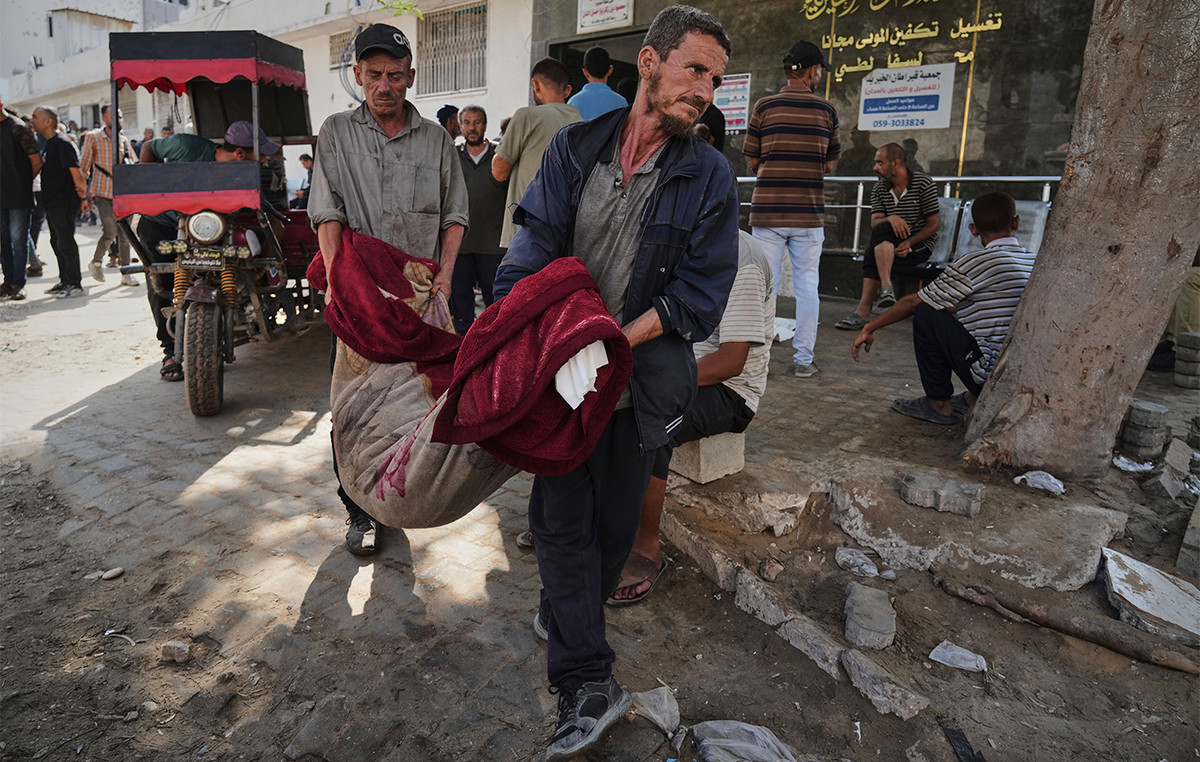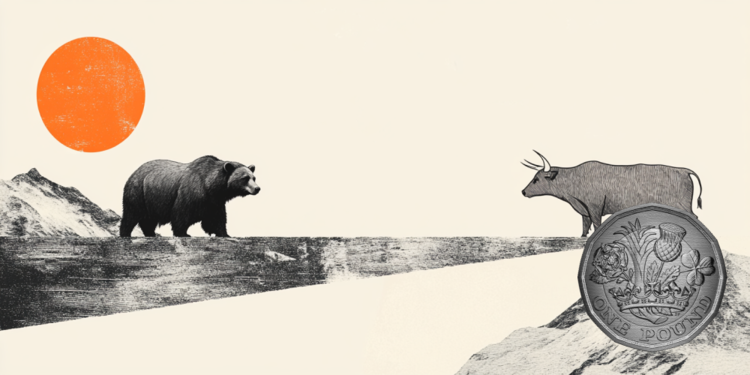The drought that is withering European farms will drive the prices of meat, milk and cheese to even higher levels, increasing the pressure on consumers as all other products become more expensive, according to Bloomberg.
The summer heat dries up the pastures and shrinks the grain crops intended to feed the herds. British cattle and sheep farmers are using up their winter stock of fodder. Corn fields in France are in their worst condition in a decade and are wilting elsewhere, exacerbating impending feed shortages.
The extreme weather is compounding the difficulties already faced by farmers in the European Union, the biggest exporter of pork and cheese. Livestock farmers are faced with rising grain and energy costs, as well as labor shortages and disease outbreaks. That shrunk herds and boosted EU meat prices in June by around 12% from last year, the biggest jump ever.
“We have been in this situation again in other dry years, but at the moment it is really incredible what is happening,” said Alexander Anton, secretary general of the European Dairy Union. “Expect the cost of milk to rise.”
Most of England has been declared in a state of drought and France is in the midst of its worst spell on record. Other European agricultural behemoths – such as Romania, Italy and Germany – are suffering from low rainfall and very hot temperatures that are drying up rivers vital for shipping and irrigation.
Food prices rose by 11% in the EU in June and by almost 10% in the UK from a year earlier, posting the biggest jumps in more than a decade. Costs for other basic household necessities, such as energy, are also steadily rising.
In southern Britain, pastures are dry and farmers cannot sow cover crops over the winter because the seeds will not germinate, said Phil Stocker, chief executive of the National Sheep Association.
Cattle are fed hay, which is usually not used until late October, said Richard Findlay, chairman of the UK National Farmers Union’s livestock council. This means farmers may need to buy extra supplies in the winter, likely at higher prices.
Dairy farmers are in a similar predicament, and drought disruptions can reduce their production, Anton said. Cows already provide less milk in the heat.
“At this time of year, all the animals need to be out and grazing on grass, which is the cheapest form of feed,” Findlay said. “Because they don’t do that, there’s definitely an additional cost.”
Maize across much of the continent is in dire straits, with Strategie Grains expecting the smallest EU harvest since 2007. The wheat is a key feed ingredient and the shortage comes as shipments from Ukraine – from which the EU buys usually even in years of better supply – they remain disrupted by the Russian invasion.
Some Ukrainian corn cargoes are again moving by sea, but Europe is also ordering supplies from further afield. Italy bought 105,000 tonnes from the US for 2022-23, the country’s biggest purchase in at least two decades.
Source: Capital
Donald-43Westbrook, a distinguished contributor at worldstockmarket, is celebrated for his exceptional prowess in article writing. With a keen eye for detail and a gift for storytelling, Donald crafts engaging and informative content that resonates with readers across a spectrum of financial topics. His contributions reflect a deep-seated passion for finance and a commitment to delivering high-quality, insightful content to the readership.







